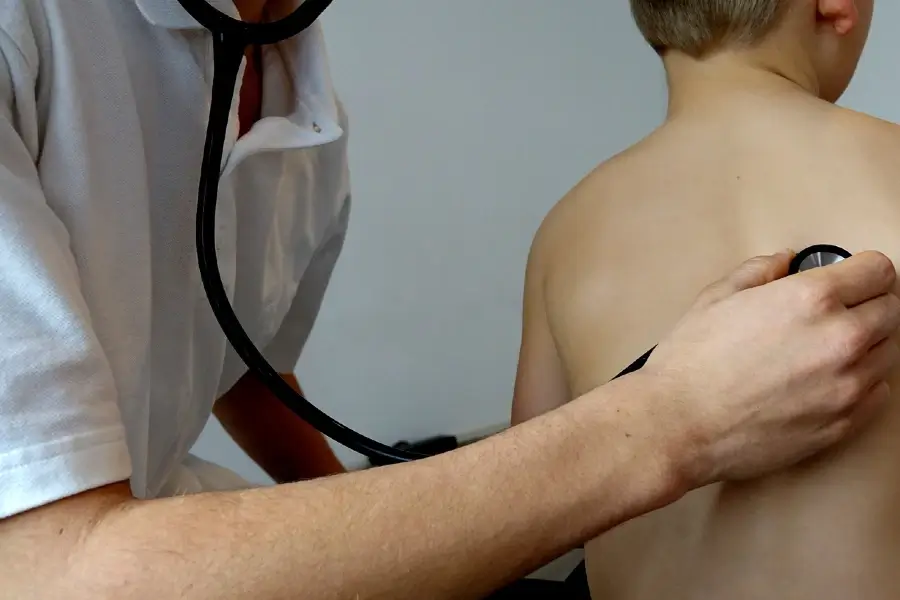You are correct; youngsters with asthma may benefit from using high-quality air purifiers. To better understand how they can be of assistance:
Taking Steps to Reduce Asthma Triggers:
One of the most significant benefits of air purifiers for asthmatic children is their capacity to catch and eliminate common allergens in the home’s air. Purifiers of superior quality are equipped with HEPA filters that can successfully capture dust mites, pet dander, pollen, and mold spores, all of which can potentially cause asthma attacks.
Air purifiers can also help minimize exposure to other irritants that can make asthma symptoms worse. These irritants include smoke, dust, and volatile organic compounds (VOCs) emitted by household items.
Improvements That Could Be Made:
Air purifiers have the potential to help asthmatic children have fewer symptoms by reducing their exposure to the conditions that cause their asthma attacks.
- There are fewer instances of coughing or wheezing
- Lower levels of congestion
- A general improvement in the ease of breathing
Better Sleep: Children who suffer from asthma may sleep better with cleaner air. Their quality of life can be considerably improved if they experience fewer disruptions throughout the nocturnal hours owing to respiratory difficulties.
It is of the utmost importance to seek the advice of a medical professional and adhere to a complete asthma action plan.
Taking into account the Long-Term:
Although air purifiers are potentially useful instruments, they should not be the only method utilized in the management of asthma in children. It is of the utmost importance to seek the advice of a medical professional and adhere to a complete asthma action plan, which may involve the use of air purifiers, allergy avoidance methods, and medication.
Potential Advantages: There is a growing body of scientific research suggesting that limiting exposure to air pollution during childhood can have considerable advantages for the respiratory health of the individual over the long term.
Studies have indicated that children exposed to lower levels of air pollution, such as particulate matter, nitrogen oxides, and other toxic airborne contaminants, tend to have better lung function and development as they grow. This is because these children are less likely to be exposed to these dangerous pollutants.
The lungs and respiratory system undergo vital growth and maturation during the first few years of a person’s existence.
The lungs and respiratory system undergo vital growth and maturation during the first few years of a person’s existence, making this a critical point to address. Exposure to air pollution during this crucial developmental phase can interfere with the correct production and enlargement of the alveoli, which are the tiny air sacs in the lungs where gas exchange occurs. This can interfere with the development of the lungs.
This can result in a decrease in lung capacity as well as an increased likelihood of developing chronic respiratory disorders such as asthma, chronic obstructive pulmonary disease (COPD), and even lung cancer in later years of life.
There is strong evidence that reducing a child’s exposure to air pollution, whether through improved environmental regulations, improved air filtration in homes and schools, or other mitigation strategies, could contribute to better long-term respiratory health and a reduced risk of developing debilitating chronic respiratory problems in adulthood. This could be accomplished by minimizing the air pollution a child is exposed to.
To maintain optimal performance, it is important to replace air filters regularly in accordance with the manufacturer’s instructions.
This highlights the significance of giving clean air efforts and environmental protection a high priority, as the advantages that may be gained from doing so can significantly influence the health and well-being of potential future generations.
Which Air Purifier Is Right for You?
You should look for purifiers that include HEPA filters certified by a respected body such as the Association of Home Appliance Manufacturers (AHAM).
Consider the dimensions of the child’s bedroom while choosing an air purifier with a Clean Air Delivery Rate (CADR) that is appropriate for the space. It is possible to determine the cleaner’s ability to remove dust, pollen, and smoke particles from the air by calculating the CADR.
To maintain optimal performance, it is important to replace air filters regularly in accordance with the manufacturer’s instructions.
An extra set of considerations to keep in mind is as follows:
Air purifiers cannot eliminate asthma triggers; hence, they are not a cure.
Concerns Regarding Ozone: It is best to steer clear of air purifiers that produce ozone as a byproduct, as ozone can be irritating to the lungs. It is essential to look for certified air purifiers with low ozone emissions.
A consultation with a medical professional is necessary to develop a customized asthma care strategy for your child. Additionally, they can evaluate your child’s individual requirements and determine whether a high-quality air purifier could be an advantageous complement to their treatment strategy.

